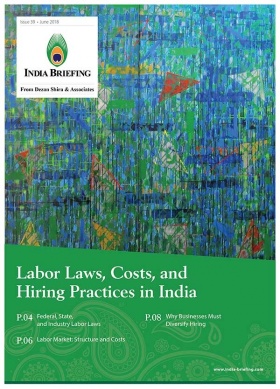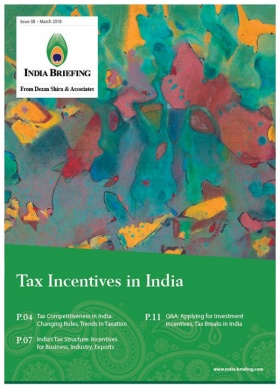RCEP Members Agree to Liberalize Services Market, Other Concessions for India
The Singapore Ministerial meeting of the proposed Regional Comprehensive Economic Partnership (RCEP) trade deal ended on an optimistic note on Friday.
India won important concessions, with the 16-member group agreeing to liberalize rules for the services market and free movement of skilled professionals.
Countries party to the RCEP trade deal are the 10 ASEAN states and their six free trade partners in the Asia-Pacific – Australia, China, India, Japan, South Korea, and New Zealand.
RCEP breakthrough at Singapore
All parties to the RCEP consented to give their binding offers on easing movement of workers by October 10. The quality of concessions will be evaluated before an agreement gets finalized.
Equally important is the fact that the member countries have given India a time-frame of over 20 years to eliminate tariffs on key items from China, Australia, and New Zealand.
It means that India will able to negotiate bilaterally on its tariff concessions for the countries with whom it does not have a free trade agreement (FTA).
This was seen as a major breakthrough for Indian negotiators fearing the potential dumping of cheaper Chinese manufactures, besides other external challenges to India’s own domestic manufacturing ambitions.
It will bring particular relief to India’s steel and textile industries who have been lobbying for safeguards against bad trade practices.
In addition, India stated that its intellectual property (IP) regime will be subject to the TRIPS agreement (The Agreement on Trade-Related Aspects of Intellectual Property Rights) – already accepted at the World Trade Organization (WTO) – with no further commitments.
The RCEP members also agreed to put in place an investor-state dispute settlement (ISDS) mechanism for limited sectors only.
Moving beyond impasse, external factors speed up RCEP negotiations
The demand for linking the trade of goods and services was a major sticking point for India.
In fact, India dragged its feet on giving up greater market access for goods as RCEP members showed immense reluctance on talking about free movement of workers.
Further, extreme positions taken up by certain members, such as Japan demanding near full market access, were viewed to be unsustainable by India, keen to protect its nascent domestic manufacturing industry while also promoting its Make in India campaign.
Nevertheless, as several countries face escalating trade tensions with the US and China experiences a domestic slowdown, various global economic headwinds lent an urgency to the latest round of negotiations.
After issuing an ultimatum at India to either stay in the group or exit, the country agreed to be more flexible and attended the Singapore meet with a new strategy in place.
What next for RCEP?
The two day Singapore Ministerial concluded on August 31 with the 16 members adopting a package of year-end deliverables.
These will be examined and negotiated, with a deadline fixed for November.
Prior to that, in October, India will assess the service offers made by the member countries before it finalizes its position on being party to the trade agreement.
Trade negotiators will be meeting in Auckland, New Zealand to iron out respective provisions between October 17 and 24.
Two further rounds of ministerial meetings are expected to take place before the heads of states meet at the RCEP Summit scheduled for November 2018.
As India and Indonesia face general elections in 2019, aspects of the RCEP trade deal might have domestic ramifications on the voting agenda in these countries. This will either intensify the end-of-year negotiations or delay it to the next year.
RCEP talks first began in November 2012.
About Us
India Briefing is produced by Dezan Shira & Associates. The firm assists foreign investors throughout Asia and maintains offices in China, Hong Kong, Indonesia, Singapore, Vietnam, and Russia.
Please contact india@dezshira.com or visit our website at www.dezshira.com.
- Previous Article EAEU-India Free Trade Zone: Initial negotiations eye improved access to new markets
- Next Article Comparison of Chinese Foreign-Owned Enterprises and Private Limited Companies in India













